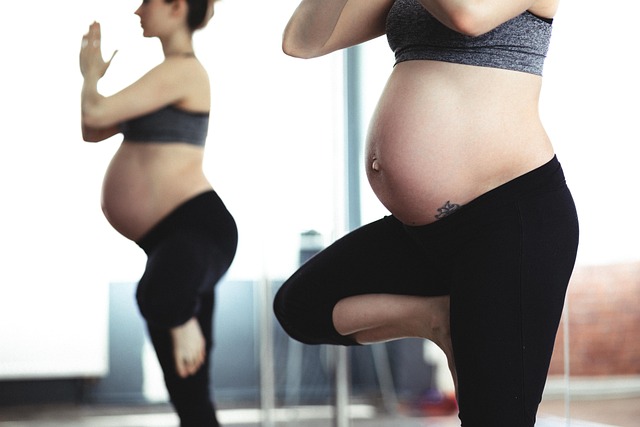When it comes to ensuring your baby’s comfort, figuring out the right room temperature is key. Whether it’s the peak of summer or the coldest winter night, understanding how to keep your little one cozy can be tricky. So, how do you set the thermostat? What should you dress your baby in? Let’s dive into these questions and more.
What Temperature Should My Baby Be?
A typical temperature range for babies is between 98 and 100.3 degrees Fahrenheit when measured rectally, which is the most accurate way to take their temperature. If you find your baby’s temperature hits 100.4 degrees F or higher, it might be time to consult a pediatrician. Check out the CDC’s guidelines on pregnancy for more health tips.
Ideal Room Temperature for Your Baby
The ideal room temperature for a baby typically falls between 68 and 72 degrees Fahrenheit. If it’s snowing outside, you might want to keep the nursery warm but not too hot. Conversely, during a scorching summer day, ensure the room is comfortably cool. You can also monitor your baby’s temperature by checking if they feel sweaty or cold to the touch.
Dressing Your Baby for Different Weather
When dressing your baby, consider the weather. Layering is a good idea, and using clothing made from breathable fabrics can help regulate body temperature. For nighttime, many parents opt for sleep sacks or swaddles instead of loose blankets. If you’re curious about the benefits of sleep sacks, check out this candid review from one mom.
Blankets, Sleep Sacks, and Accessories
Are blankets, hats, or socks necessary? It’s best to avoid loose blankets in the crib to reduce the risk of suffocation. Instead, sleep sacks are a safer option. You can use hats and socks if the air is chilly; just ensure your baby isn’t overheating.
What If My Baby is Sick?
When your baby is unwell, maintaining a stable room temperature becomes even more crucial. You might want to keep the room slightly cooler than usual to help reduce fever. Always consult your pediatrician if you’re unsure about your baby’s condition.
Signs of Overheating or Being Too Cold
Babies are not able to communicate discomfort, so watch for signs like fussiness, sweating, or cold hands and feet. If you notice these signs, adjust the room temperature or your baby’s clothing accordingly.
Do Newborns Need More Layers?
Newborns often require an extra layer compared to adults, but be careful not to overdo it. A good rule of thumb is to dress them in one more layer than you would wear for the same environment.
For more insights on home insemination, visit Make a Mom, which offers unique reusable options for at-home insemination. And if you’re interested in the process, you can see how it works on their How It Works page.
In summary, keeping your baby’s room at a comfortable temperature and dressing them appropriately for the weather is essential for their well-being. With these tips in mind, you can help ensure your little one stays cozy and happy, no matter the season.
